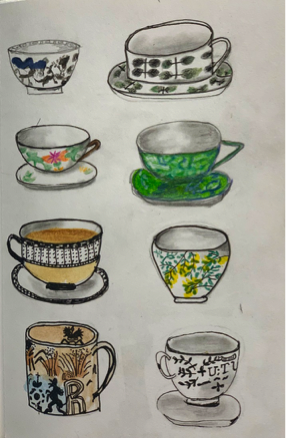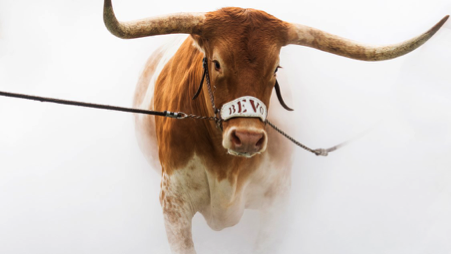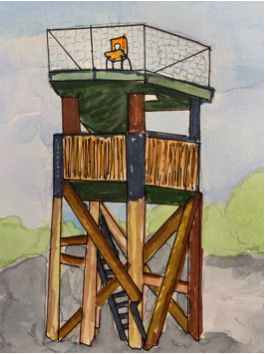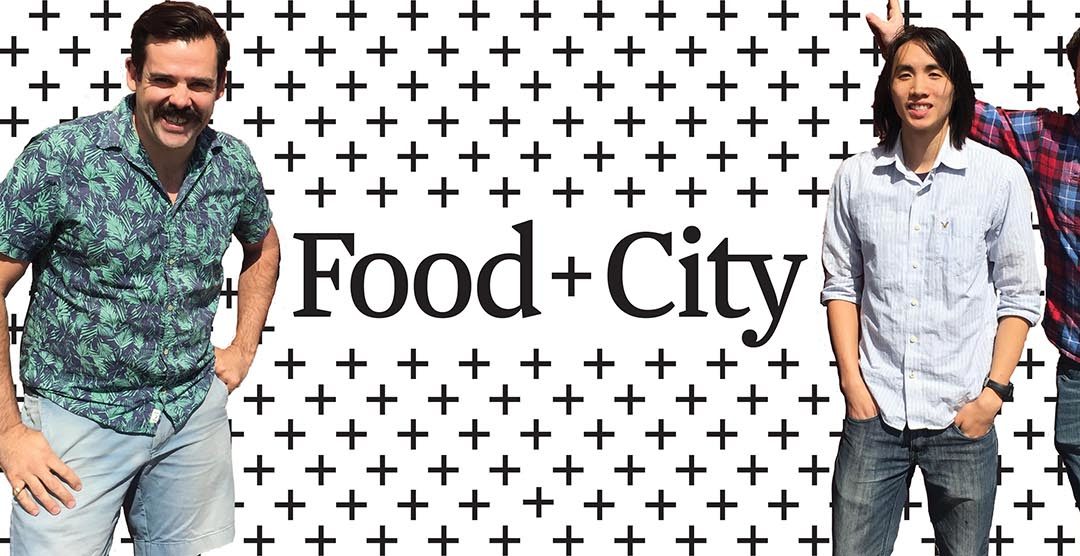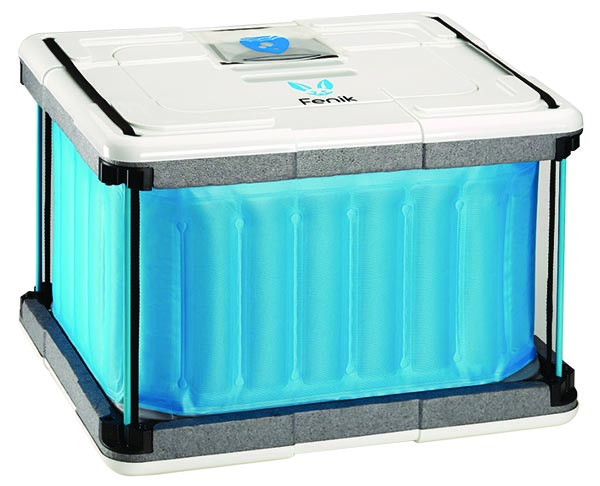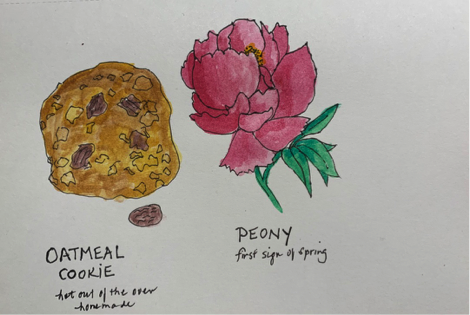
Robyn’s Corner #4
Challenge Updates
Italian with Duolingo:
Still on track for daily practice, but my two kids and a friend are way ahead of me. Am going to experiment with a few YouTube Italian conversation sessions. Just experiment. Am going to Italy this month and still feel confident about mumbling Italian but not really taking on a conversation.
Drawing:
Completed a full month of daily drawing. I loved this challenge. It was always a highpoint of my day, even though sometimes I felt out of ideas for subjects and also rushed on some days when I barely had time for drawing anything. I did learn a lot: new materials such as liquid watercolors, watercolor brush pens, white ink pens, and felt pens. For March, I want to continue with a daily drawing but because of SXSW and travel, I imagine many will be quick pencil sketches done on the run. Aim to get at least 75 percent of my goal this month. That would be 3 not 4 weeks of drawings, I guess.
The Library Book, by Susan Orlean. Being from Los Angeles, this book piqued my interest. Downtown LA appears out of the hazy Southern California sky as a jumble of high-rise concrete buildings. Nested on Hope Street, is the LA County Library, built in 1926 and burnt down by an arsonist in 1986. The building survived but millions of documents were incinerated. Orlean tells the story of the event while shining a light on libraries in general at a time when we download our books. By the time she has wandered through the library and its conflagration, you might find out who the arson was..maybe.
Having met Dan Ariely this past fall at Poptech, I wanted to learn more about his ideas around consumer behavior. This past week, I read Predictably Irrational, and enjoyed his easy to read prose along with his relatable ideas about why we do things that appear irrational. Great insights about why we eat unhealthy food, and pay too much for things we don’t need. This was an unexpected complementary read to the book I read last month about Adam Smith. Ariely puts Smith in a contemporary context, creating some new ways of looking at supply and demand.
Food Routes……My book is out! You can buy it here: …….Would worship you if you bought one and then wrote a stunningly positive review on Amazon. Am grateful to my publicist at the MIT Press; he is doing a great job getting the book out there. Last week, The Wall Street Journal published my article about chicken tracking (J) and then NPR put me on Morning Edition. Then PBS filmed a short segment on pizza as a homage to Pi Day, March 14th. Am writing several pieces for media outlets and hope they run them. It’s all fun, if not intimidating. Enjoyed signing books at SXSW.
This is the month that Austin attracts creatives and technologists from all over the world. Even without an official badge, you can learn about ideas from unexpected places. Will head into the festival this week, starting with our Food+City Challenge, then my panel on The Future of Eating. Psychology professor, Art Markman, Futurist, Max Elder, and Smart City Evangelist Henry Gordon-Smith were rock stars on the stage.
Caught the Oscars (my allegiance to my home town runs deep). I found The Favourite a little strange but the acting and costumes were superb. This article by Amy Froide in The Conversation, a cool and smart website for news, shares her historical perspective on women at the time of Queen Anne. The whole idea that women were shrewd investors then was a surprise to me. I suggest that reading her book about women investors in the 18th century would be full of such insights.


